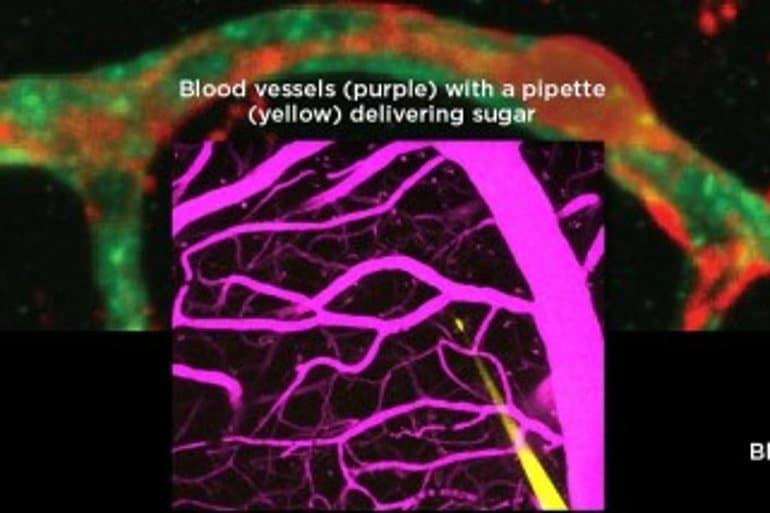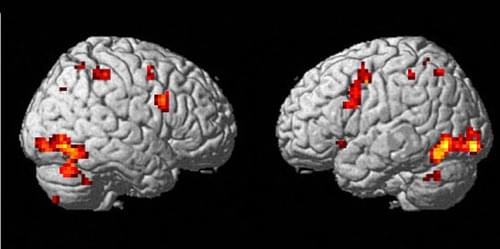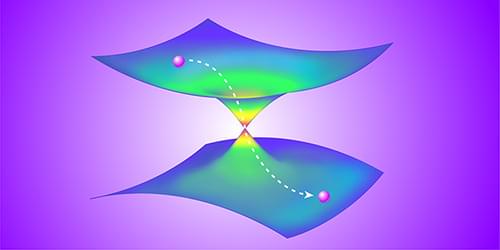Its impressive how adaptive the brain is to each situation. It can sense which portions of the brain need more blood flow depending on energy usage and makes the needed tiny adjustments.
Summary: Researchers identified a specific type of cell that sits on top of the brain’s smallest blood vessels that sense when their region of the brain is in need of energy.
Source: University of Maryland
When we smell hot dogs, it may trigger memories of backyard barbeques or attending baseball games during childhood. During this process, the areas of the brain that control smell and long-term memory are rapidly firing off impulses. To fuel these signals from neurons, the active brain regions need oxygen and energy in the form of blood sugar glucose, which is quickly delivered through blood vessels.
Now, University of Maryland School of Medicine’s researchers have discovered that a certain type of cell that sits on top of the brain’s smallest blood vessels senses when their brain region needs energy. When glucose levels are low, these cells signal blood vessels to dilate, increasing the blood flow regionally and allowing more energy to fuel that part of the brain.






